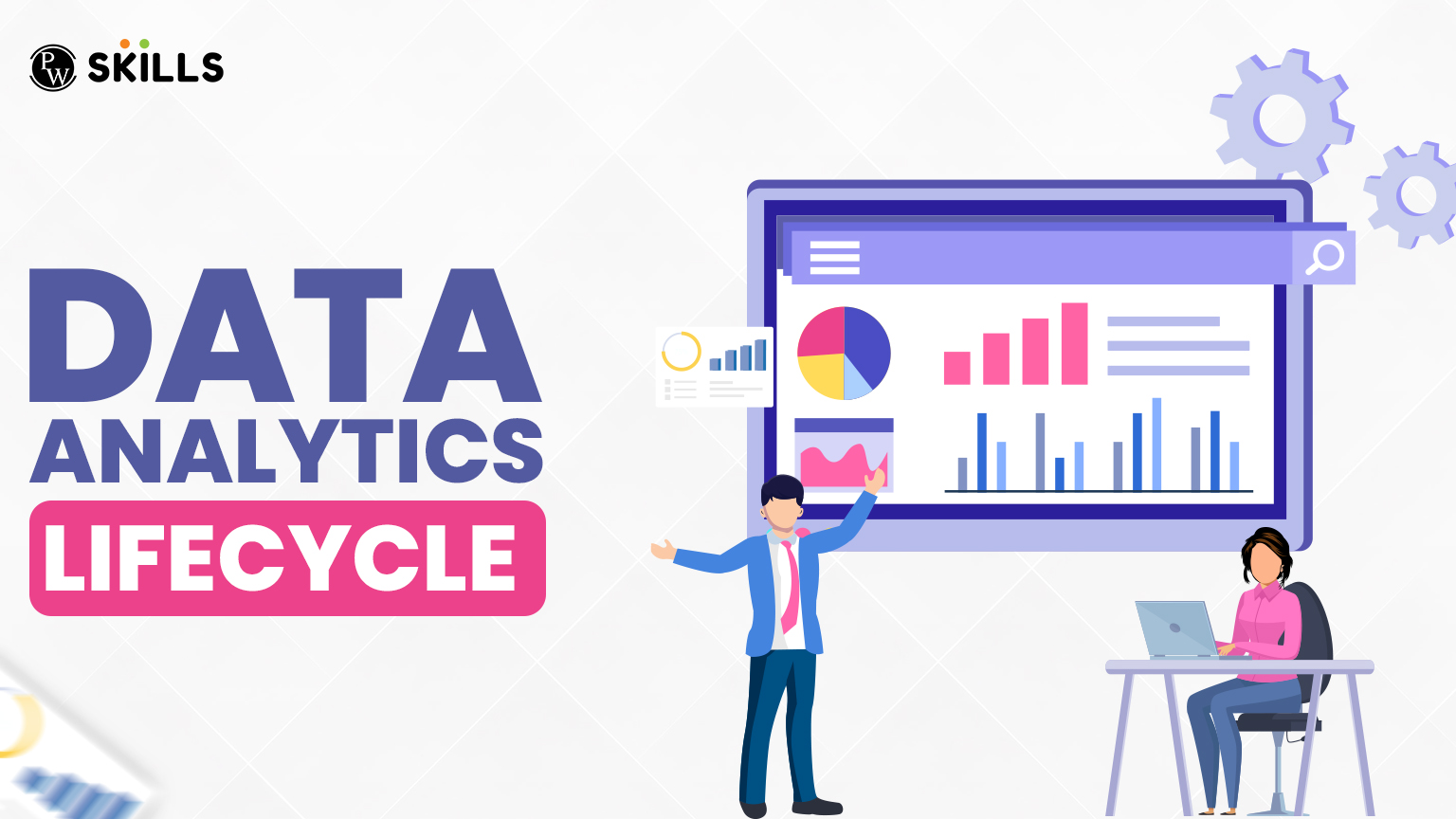Heard about the Data analytics lifecycle? Well, it is something data analysts follow everywhere. It contains every important stage when dealing with data on a large scale. It is a step by step series of extracting important actionable insights from data.
Each phase makes steady progress from raw data to processing data and presenting it for results. Here, in this blog, we will learn about the crucial Data analytics lifecycle in detail.
What Is a Data Analytics Lifecycle?
The data analytics lifecycle is a series of phases where data analysts collect, process, and visualise data from various sources to help organisations make important decisions. This iterative lifecycle is generally designed for big data science projects which undergo various stages i,e. data collection to informed decision making.
When you are well familiar with the data analytics lifecycle, you can contribute to business success by collecting useful insights, optimizing workflows, and making data-driven decisions. Some of the major benefits of learning the data analytics lifecycle are given below.
- Improve decision making with smart data insights available
- Efficiency is increased with automation and fewer errors, saving both time and effort.
- This practice helps you get long-term success when you keep on adapting the latest strategies to extract useful insights.
6 Top Data Analytics Lifecycle With Features & Insights
Check the step-by-step page for the complete design and synchronize data analytics lifecycle to produce meaningful insights from data.
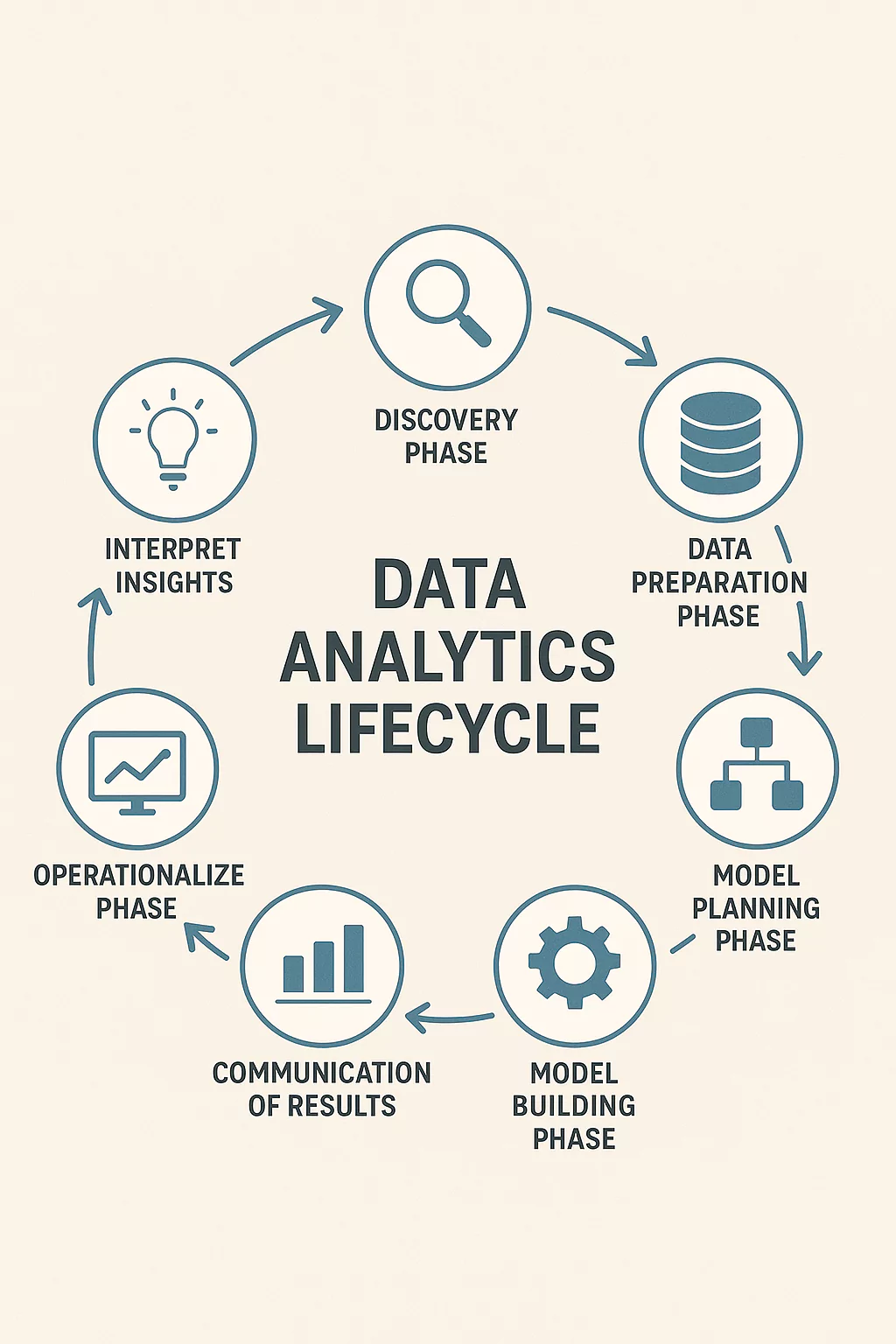
1. Discovery Phase
The discovery phase deals with the stage of the data analytics lifecycle where the data science team works to fully understand the problem, its context, and the objectives of the analysis. They identify the business questions and potential opportunities and define the success criteria.
You can make effective collaboration with stakeholders to understand the business objectives and ensure the data analytics process is aligned with the business objectives. The team also checks the available data sources, gathers requirements, and formulates initial hypotheses that will later be tested with actual data. This phase is essentially about understanding the “why” and “what” before moving into the technical aspects.
![]() Join Our Data Analytics Telegram Channel
Join Our Data Analytics Telegram Channel
![]() Join Our Data Analytics WhatsApp Channel
Join Our Data Analytics WhatsApp Channel
Key Features of the Data Discovery Phase:
- The main objective is to identify business problems and define goals.
- The discovery phase deals with delivering the context and scope of the problem.
- Make sure the objectives are clear before committing to the data analytics process
- Develop initial hypotheses for testing for discovery and research purposes.
Read More: 4 Types of Data Analytics to Improve Decision-Making
2. Data Preparation Phase

In this phase, the complete raw data from different sources is collected, cleaned, and transformed into a usable format for analysis purposes. The team sets up an analytic sandbox where they can freely manipulate and explore data without affecting the original source.
This stage of the data analytics lifecycle often involves multiple iterations of data cleaning, integration, removing duplicates, and handling missing values. Since clean and well-structured data is critical, this phase consumes a large portion of the analytics lifecycle.
Key Features of the Data Preparation phase:
- It consists of the following major processes i,e. Data exploration, preprocessing, and cleaning.
- It is used to transform raw data into a very structured and usable form.
- Data can be collected from various sources and methods like Surveys, IoT devices, transactional records, web scraping, and more.
- In this phase, the sandbox is used for safe manipulation.
- Some of the common tools used in the data preparation stage are: SQL, NumPy, Pandas, Apache Spark, Hadoop, Alpine Miner, OpenRefine, and more.
3. Model Planning Phase
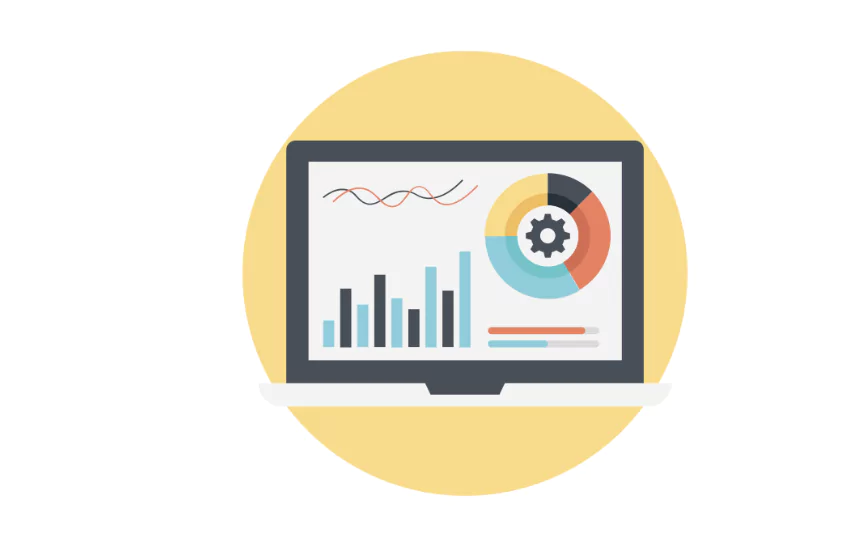
In this stage of the lifecycle, the team investigates the relationships between different variables available and then selects the most appropriate modeling techniques.
The model planning phase is important as it helps us create a blueprint of the different models available. We can select the right feature and algorithm before moving ahead in the data analysis phase.
Key Features of the Model Planning phase:
- You have to identify the key variables and relationships within data, including data patterns, designing models and more.
- The main purpose of the model planning phase is to select proper modelling techniques (e.g., regression, classification, clustering).
- Also, teams work on training, testing, and validation datasets.
- Scatter plots, histograms, and heat maps can be used to explore data patterns.
- MATLAB and Statistics are the two most frequent tools used in the modelling phase.
4. Model Building Phase

In this phase, the planning decided in the previous stage is now put in action i,e. Construction or building. Data sets are given to proper algorithms, and multiple models are compared to get the best one suited. The team decides on tools by comparing the tools based on different parameters.
Key Features of the Model Building phase:
- This stage consists of construction, training, and testing multiple models.
- Teams compare and refine models for accuracy and reliability.
- Also, assessing the computing resources required for execution is done in this stage
- Some of the tools frequently used in this phase consist of R, PL/R, Octave, WEKA, MATLAB, and Statistica.
5. Communication of Results
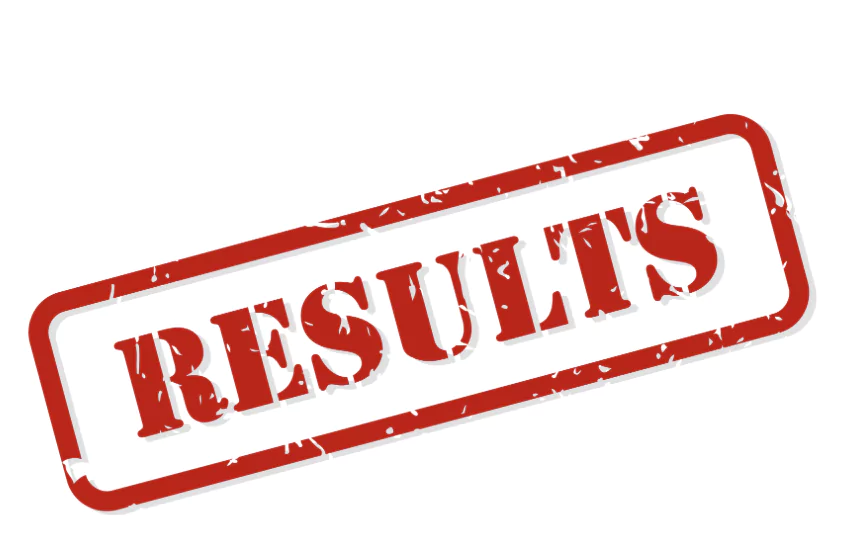
After the model has been made with proper testing, the outcomes need to be evaluated before presenting it to the stakeholders. It is important to ensure that the product is working as expected. In this stage, all major technical insights are converted into meaningful business outcomes.
Teams aggregate key findings, discuss assumptions, highlight risks, and quantify potential business value. With clear communication, stakeholders can make informed decisions based on the complete analytics.
Key Features of the Communication Result phase:
- The complete model is compared against the outcomes for success or failure criteria.
- The complete events are summarised in a narrative for business users.
- This stage quantifies business value from findings.
- The communication is tailored for both technical and non-technical audiences.
6. Operationalize Phase
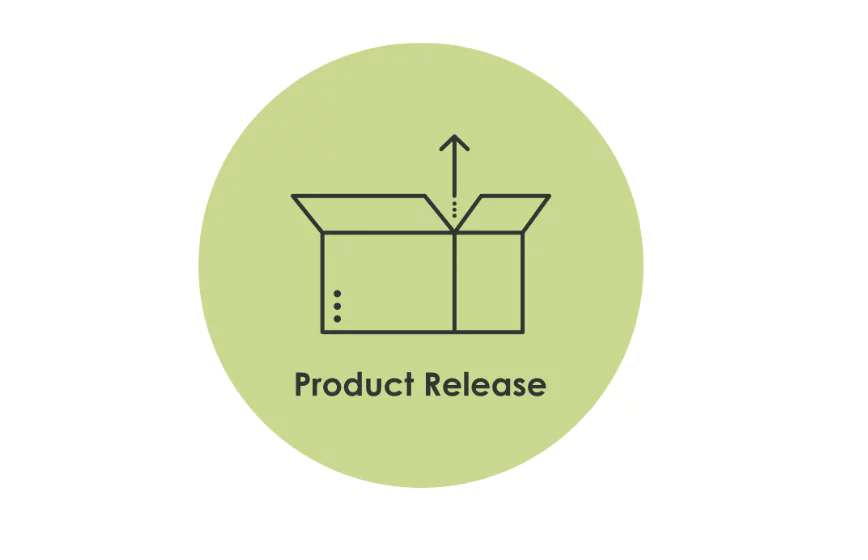
This phase marks the end of the data analytics lifecycle, where the model will be put to real-world use. The end insights might be first tested in a controlled environment before putting it to public i,.e, enterprise use. During this phase, complete performance monitoring, fine-tuning, and documentation are done. All major deliverables include the following
- Reports
- Codes
- Visualization
- Guidelines
This stage makes sure that the model is sustainable and adds lasting value for the users.
Key Features of the Operationalize phase:
- It includes complete testing before full deployment.
- Also, this stage monitors performance and optimises for production environments.
- You will get final reports, briefings, along with codes.
- Data analysts frequently use Octave, WEKA, SQL, and MADlib
7. Interpret Insights
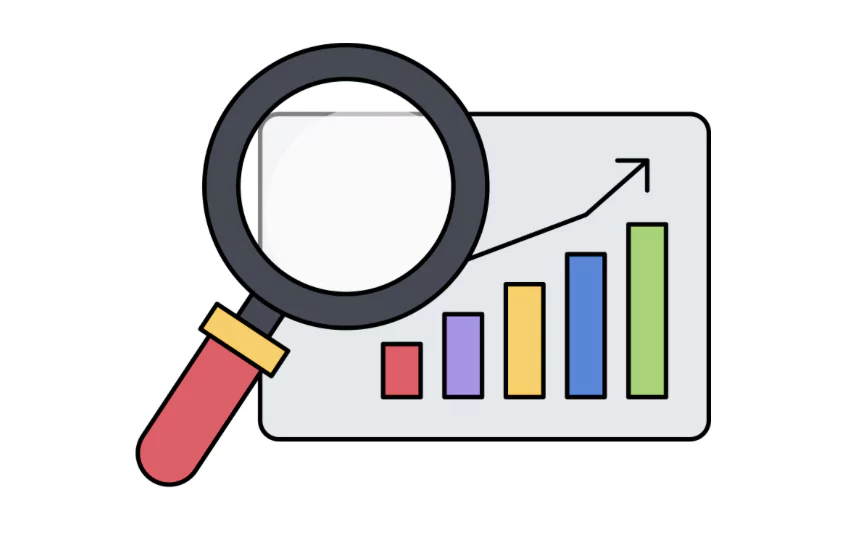
In this stage, all the available insights are converted into actionable conclusions. In this stage, the major outcomes are analysed, which include objectives, strategies, and relevance to the business objective.
Trends and patterns are studied and identified based on seasonality, recurring patterns, and anomalies that can inform business decisions. Also, actionable recommendations are provided to suggest business-driven outcomes.
Key Features of the Interpret Insights phase:
- Goal achievement is analysed by whether it is achieved or not.
- Accuracy is taken into consideration
- Return on Investment (ROI) is measured to get the business value.
- Scalability and adaptability of the solution are very important, focused on the business goals.
What Are The Challenges In The Data Analytics Lifecycle?
In the Data Analytics lifecycle, there are a series of challenges in the data analyst phase at different points. These challenges can impact the quality and effectiveness of the complete analytics process.
- Data quality is the key concern, as data can be wrong, incomplete, and inconsistent.
- When you integrate data from different sources, it is hard to combine
- Handling data privacy and security issues becomes a tedious task in the complete lifecycle.
- People with field knowledge of data analytics are hard to find.
- Scaling up the system with all the latest upgrades is a tedious task; failing to do so might slow down or break the system.
Also Read:
- Top 20 Data Analytics Companies In India
- Data Analytics Tutorial: For Beginners & Professionals
- What Is a Data Warehouse? A Major Shift With Cloud Data Warehouse
- Data Intelligence: What It Is and Why It Matters in 2025
Learn Data Analytics with PW Skills
Become proficient in data analysis and extract useful insights from data using various techniques, tools, and methods. Get in-depth tutorials, hands on learning, practice exercises, and module assignments throughout this Data Analyst Course offered on PW Skills. Learn from dedicated mentors and master in tools like Excel, SQL, Python, PowerBI, etc. Get certification from PW Skills after completing the course.
Want More?
- Get industry based live sessions along with recorded sessions to learn at your own pace and time.
- Build a solid foundation in data analytics with skills in SQL, Python libraries, and more.
- Build job ready skills and experience with a dynamic project portfolio
- Get soft skills training to build an impactful resume and job profile.
- Get certification from PW Skills to get recognised in your career ahead.
Data Analytics Lifecycle FAQs
Q1. What is the data analytics lifecycle?
Ans: The Data analytics lifecycle is a series of phases where data analysts collect, process, and visualise data from various sources to help organisations make important decisions.
Q2. What are the major stages in the data analytics lifecycle?
Ans: The Discover phase, data preparation, model planning, communication, and operational phase are some of the major stages in the data analytics lifecycle.
Q3. What is the data preparation phase?
Ans: In this phase, the complete raw data from different sources is collected, cleaned, and transformed into a usable format for analysis purposes.
Q4. What are some tools used in the data analytics lifecycle?
Ans: The Data analytics lifecycle makes use of various tools like Hadoop, OpenRefine, R, MATLAB, Statistica, Octave, SQL, and more.

